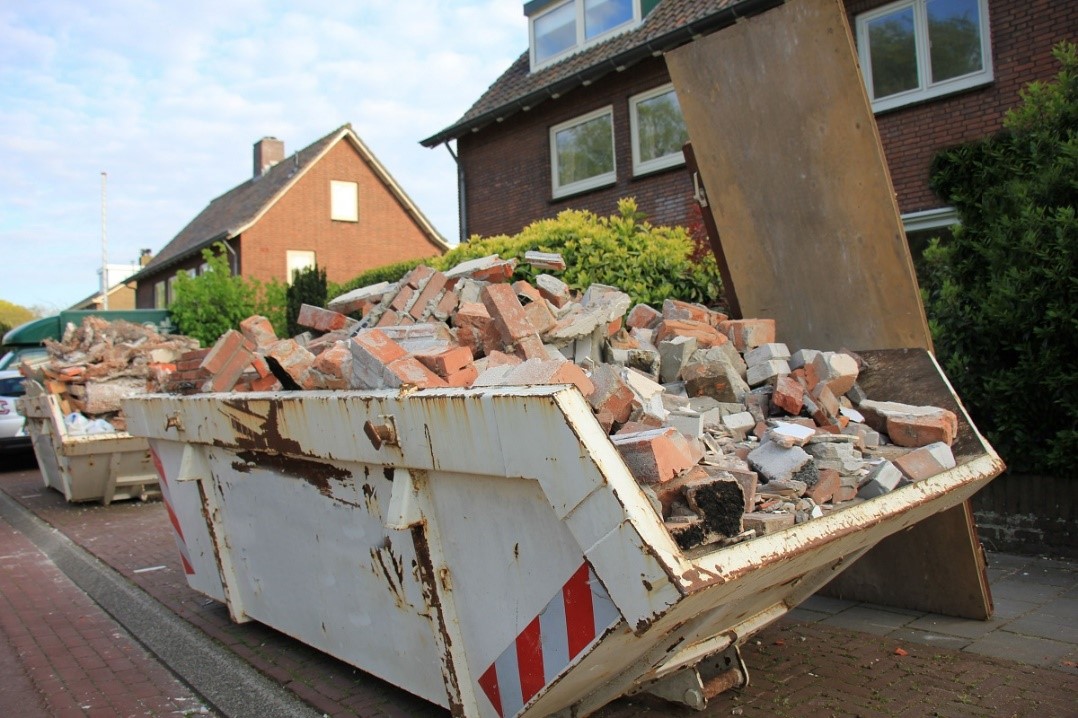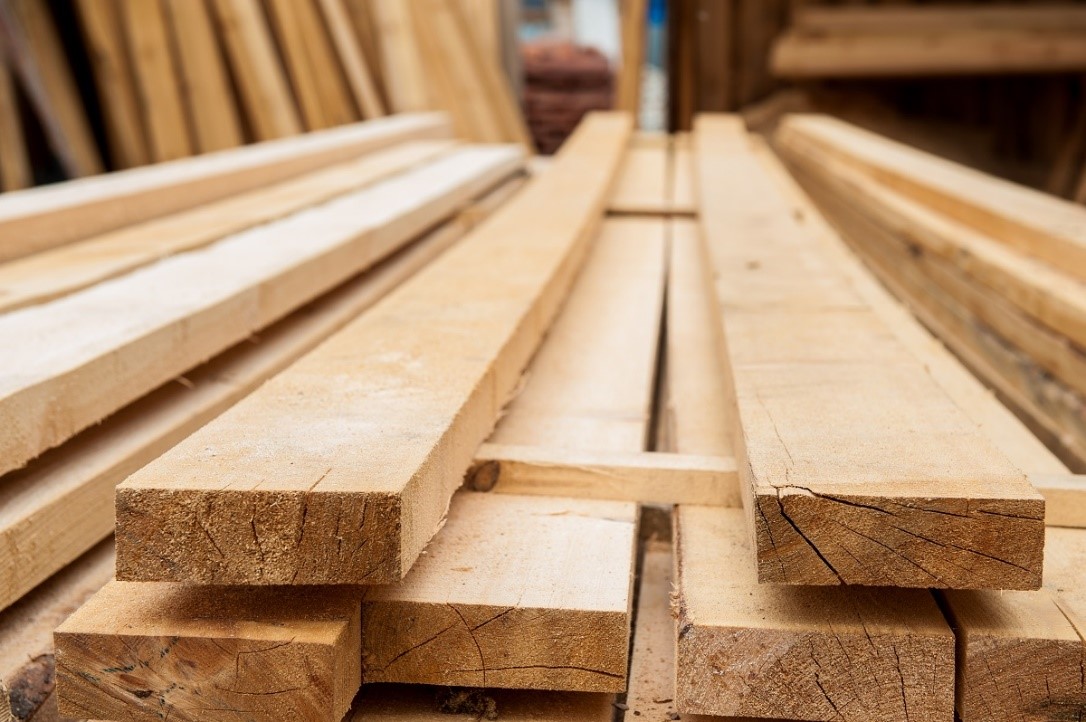
More and more of us are starting to become increasingly conscious of the environmental footprint we leave behind. When it comes to those of who operate on worksites, leaving a minimal impact on the environment can be a challenge, with the construction sector creating an unavoidable amount of waste. However, there are things that can be done and steps that can be taken to reduce waste on a worksite. Whether you are part of a crew on a new housing build or are executing your own projects, this guide contains a series of tips to get you heading down a more sustainable path.
Recycle
When it comes to reducing the amount of waste we create on a worksite or indeed anywhere, recycling is key. The good news is that there are lots of typical items you will encounter on your worksite, or that are a part of common construction projects, that can indeed be recycled. Knowing which items these are, will be key to your waste-reducing efforts.
Items that you can look to recycle include:
- Metal
- Cardboard
- Most plastics
- Untreated wood
- Roof shingles
- Soil
- Plasterboard
For those working on a home renovation, you will likely come across typical home items and appliances that are no longer needed. Many of these can be recycled too at a local recycling centre, including window glass, furniture, and kitchen appliances like cookers, fridges, and freezers.
For a full list of materials that can be recycled, take a look at this extensive list by the government’s North London Waste Authority.
There are, of course, certain building site items you will come across that can’t be recycled such as painted, treated and varnished wood, as well as broken glass. This is where the importance of a safe waste management solution comes into play.
Plan ahead and utilise reusable materials

Planning ahead can be another key tool when it comes to reducing waste on the worksite. By taking the time to work out what items can and can’t be reused at the beginning of a project, you can work to create an environment where the absolute minimum waste is created. Reusing materials can result in a great reduction of waste and only requires a little thought about what could be achieved.
For example, you might have wood offcuts that instead of being disposed of could simply be reused for another project down the line. Take this line of thinking and apply it to any ‘waste’ that results from your work and think about if it could be repurposed or used another time.
Zero Waste Scotland champions this approach of planning to reuse and shares the following advice about the pre-construction phase of a project: “Construction projects should always plan and design to avoid waste being produced on-site, however where this is not possible, it is important to follow the waste hierarchy by exploring the next tiers down:
“Reduce the amount of waste you create, using waste prevention measures.
“Re-use materials to avoid waste being created.
“Recycle materials from site where materials cannot be re-used.”
Salvage leftover materials
If you can’t reuse or recycle items yourself, why not consider salvaging these leftover materials so that others can benefit from them? You could share your unused materials with other labourer’s, crews and projects in your local area, you could donate useful items to charity projects, or even sell any perfectly good materials such as wood offcuts online.
The company Business Waste, which can help you with your construction waste management efforts, shared with us: “Don’t think all that waste needs to go to landfill. Do you know of a site that needs all the soil you’ve just dug up? What else could you reuse, heck you might even be able to sell some of it to other sites?”
By taking this approach, you will not only reduce the waste you create but allow someone else to benefit from your leftover materials even if they are of no use to you.
Repair items that breakdown
Yet another approach to reducing the amount of waste you create is to repair rather than discard. Think how many times in the past you have simply chucked away an item that has broken down instead of looking to repair it so it can be used again. By taking the time, perhaps after a project has finished, to fix a broken pallet, for example, you can reuse that item in the future instead of having to replace it and cut down on the amount of waste you create. It’s steps like this that really can make a difference. Not everything can be repaired, of course, but not everything is a lost cause either.
Order materials to your exact specification

You can prevent waste during your project by being more particular about the items you order for the job. By ordering materials to your exact specification, you can prevent the waste due to limiting the cut-offs that result from having to cut down materials yourself onsite.
This is an approach that Business Waste recommended when speaking with us: “Using a framework such as BIM, only order what you need, excess materials are often sadly just thrown away and no one has ownership of them. Will your supplier buy back these excess materials?”
To make this work, you will of course need to plan carefully so that you know exactly how much you need of each building material. But if you are able to consider these facts in the planning stage and be bespoke with the orders you place, a considerable amount of waste can be cut down.
Bring your own coffee flask and packed lunch
Anyone who has been part of a worksite will be well aware that a large part of the waste that can be produced comes from individuals, especially regarding personal waste at lunch and breaks. By bringing in your own coffee flask instead of buying plastic cups and making your own lunch to bring in from home, you can cut down the harmful waste products such as polystyrene packaging and containers, and plastic utensils. Make sure you utilise a reusable lunch box instead of a carrier bag that can’t be recycled. If each person takes personal responsibility for the waste they create themselves, a lot can be achieved.
Store materials correctly
When speaking to us, Business Waste also stressed the importance of the correct storage as a means to reduce waste. Explaining why this is important, they said: “Store your materials correctly. This one should be a given, however, if not stored correctly then the elements might mean destroying perfectly good materials for no reason.
“It’s very difficult to have a site that produces zero waste, so ensure you have the right containers on-site so the waste can be processed correctly. This means segregating your waste in the correct bins, skip bags and skips.”
Tips for reducing worksite waste
- Recycle
- Plan ahead and utilise reusable materials
- Salvage leftover materials
- Repair items that breakdown
- Order materials to your exact specification
- Bring your own coffee flask and packed lunch
- Store materials correctly
We hope the above tips and advice prove useful and that you will consider some of them on your worksite. Whether you are working on a demolition job or fitting new central heating radiators as part of a larger project, reducing waste is always something to keep in mind.
For more tips, guides, and advice, make sure to visit our blog.
